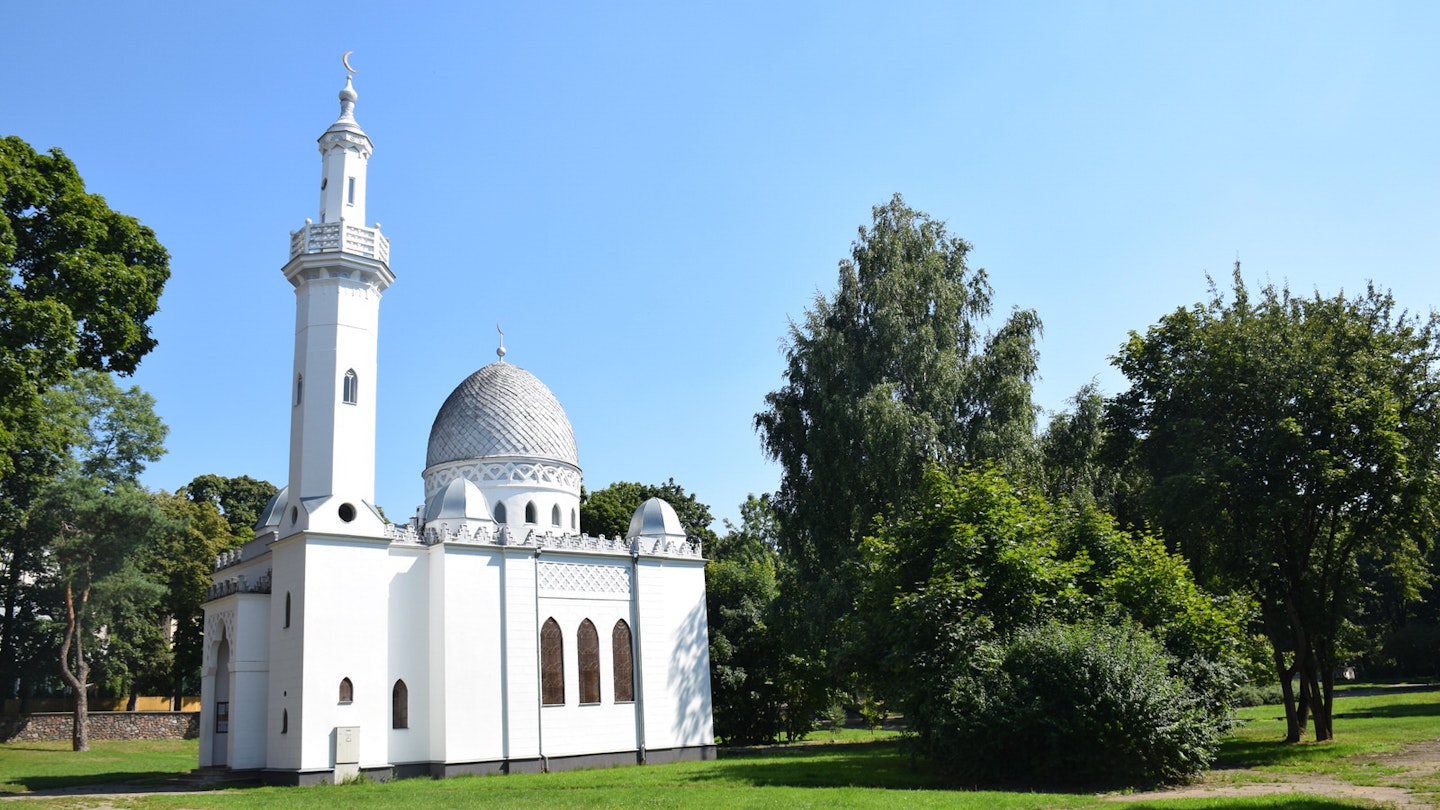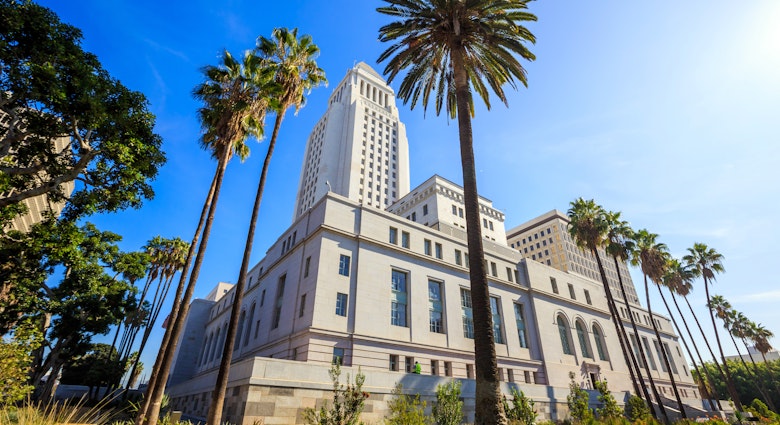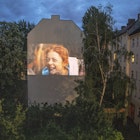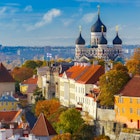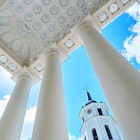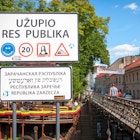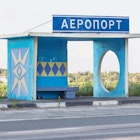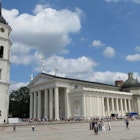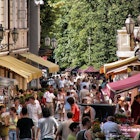When medieval Lithuania was a Grand Duchy, it faced an aggressive threat from Christians in the west. Those who came to the pagan country's aid were Muslims from the east, and their descendants have resided here ever since.
Here’s how to access and understand Lithuania's unique, 600-year-old Islamic heritage.
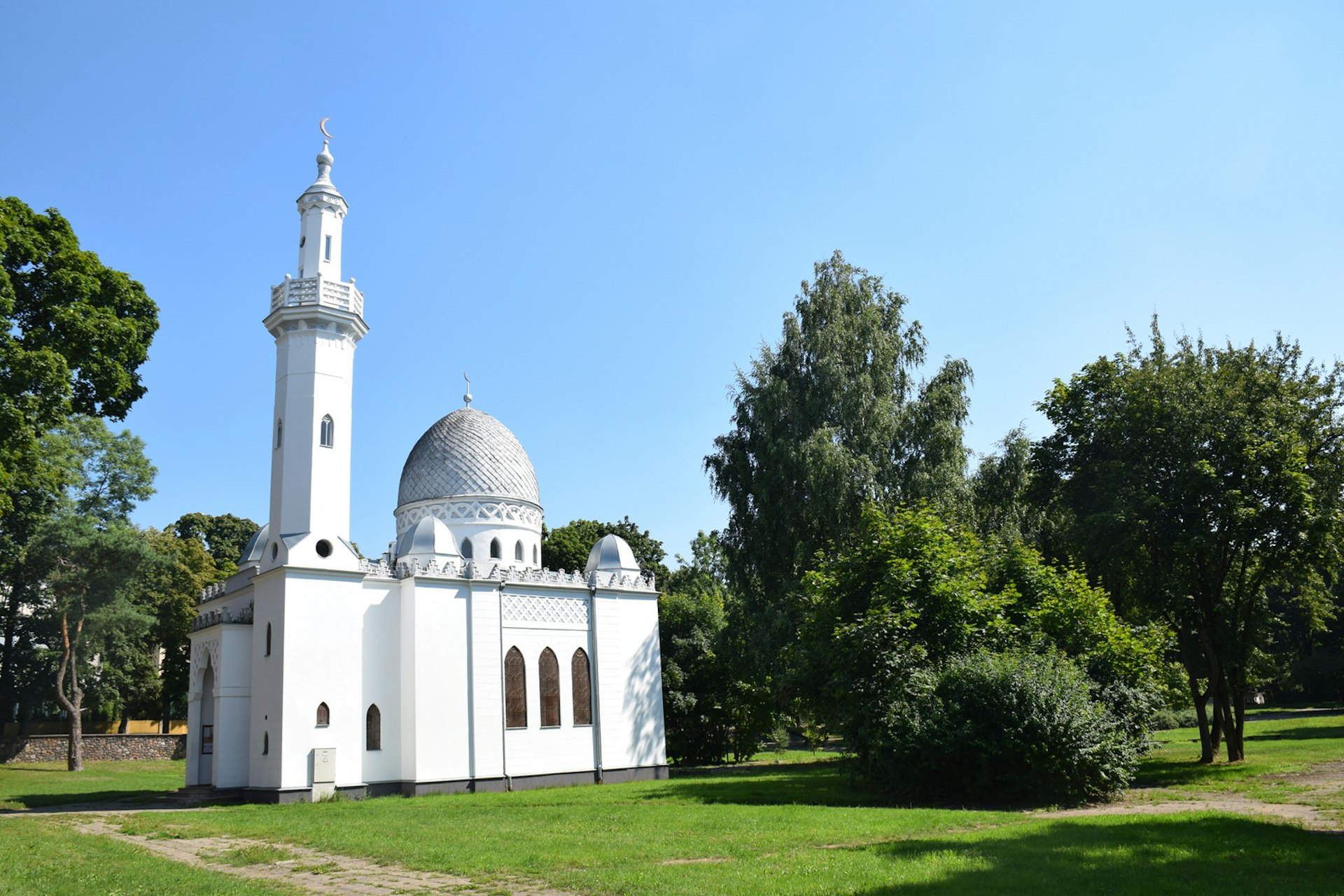
Exploring Muslim villages
Sitting roughly an equal distance to the south of the modern and ancient capitals of Vilnius and Trakai, Keturiasdešimt Totorių – ‘Forty Tatars’ – is one of the original villages where Crimean Tatar Muslims settled around 1398.
They were brought here by the Grand Duke Vytautas to help defend his Duchy against the threat of the Christian Teutonic Knights and, after they successfully did so, he invited them to stay.
According to legend, forty Muslim families settled in Keturiasdešimt, which is still laid out like the original Tatar military encampment it once was, and at the heart of the village stands the strongest reminder.
The mosque in Keturiasdešimt is a simple, square, dark wood construction, complete with corrugated tin roof. It is a building that looks totally at home in this rural Baltic landscape: the turret and onion dome atop the apex roof could belong to one of the local orthodox churches. But as the crescent testifies, this is very much a Baltic mosque, for it stands on a spot where a mosque was first recorded in 1558.
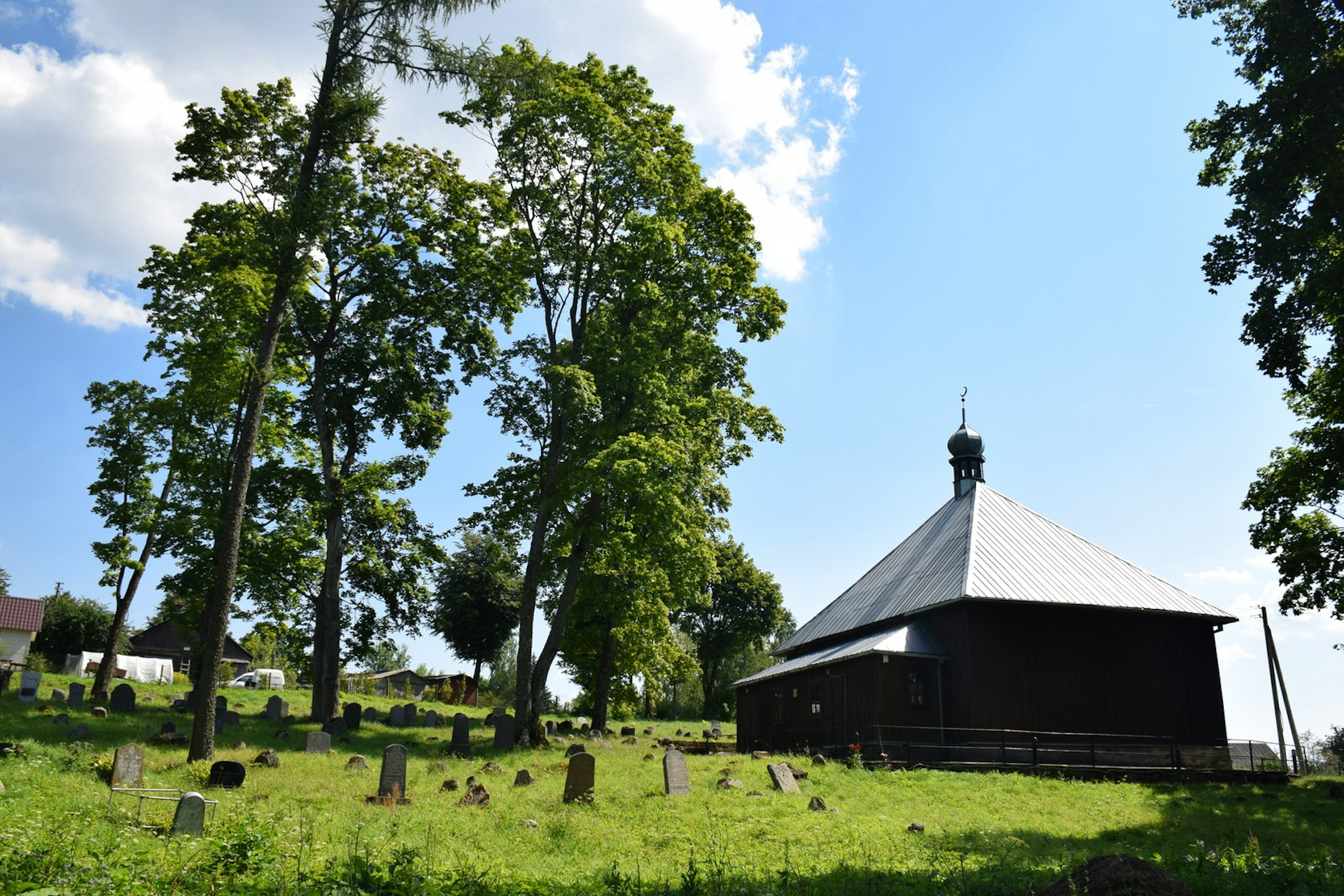
In the shade of towering trees, visitors will find one of three Muslim cemeteries in the area. Most of the older headstones have been worn away to appear like large rocks, but there is one dating to around 1621 that belongs to ‘Allahberdi’.
It’s not just for the history that visitors come to Keturiasdešimt. The village remains the home of several Muslim families and many of them claim to be directly descended from that very first generation of Muslim settlers. With the right introduction, listening to their stories is one of the real highlights of visiting here.
A story of survival and relics
The wooden mosque at Keturiasdešimt is one of 25 that could be found scattered across Lithuania at the turn of the last century, including several in the modern capital, Vilnius. One of these used to sit in the Muslim village of Lukiškių, an area now part of the city’s ‘New Town’.
Lukiškių village was founded in the 16th century but any remnants, along with its mosque, were torn down in the 1960s. Today, history-seekers have to make do with a small memorial plaque on the corner of Vilnius University’s Physics Institute on A. Goštauto gatvė. The plaque acknowledges the location of the original mosque, and sits close to Lukiškių gatvė, and Mečetės gatvė – mečetė is the local word for mosque. Today there is no purpose built mosque in the capital city.
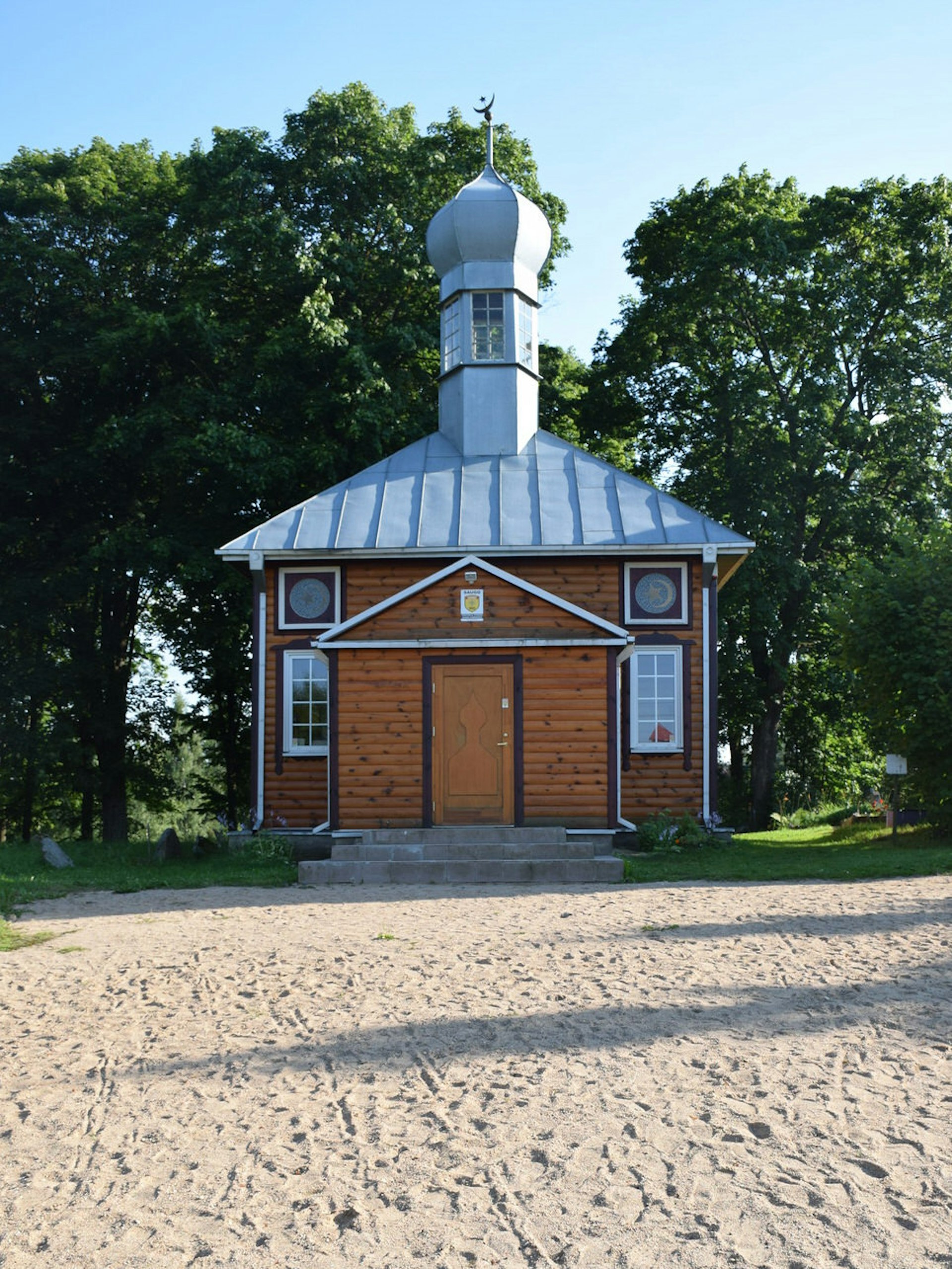
The nearest one is located just southeast of Vilnius in another historic village. The mosque in Nemėžis barely survived the aggressive communist crackdown of places of worship that saw most of the other 25 destroyed. Instead of burning it down, the Soviet army used Nemėžis Mosque to store arms and munitions.
Nemėžis is also one of the very first Muslim settlements and dates right back to the late 14th century. The village sat close to what was then Vytautas’ summer residence – most likely to help defend it. Records show a mosque was first built here in 1684. Today, visitors can admire the modern incarnation, a light-coloured, wooden building dating from 1909, which has a design even more closely resembling local churches than the one in Keturiasdešimt. It features a pronounced tower above the entrance that is topped by an onion dome and crescent. Behind the mosque is the village’s ancient Muslim cemetery.
Nemėžis' mosque is also home to one of the country’s most beautiful Qurans to survive the communist period. The manuscript, decorated with motifs and patterns unique to the Baltic and Tatar cultures, sits on display near the mehrab (prayer niche).
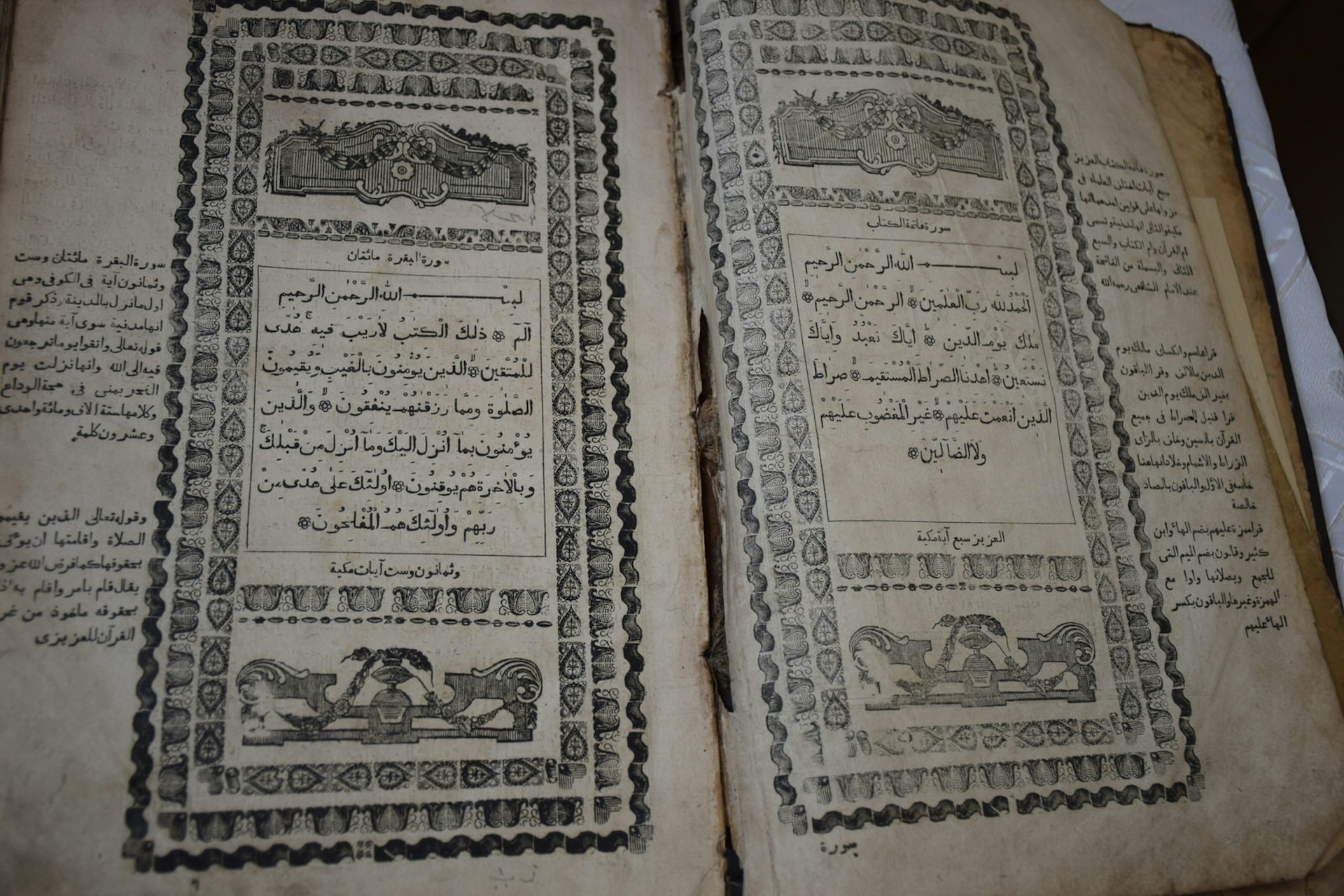
There is one more traditional and historic wooden mosque in Lithuania and it is in the village of Raižiai, deep in the country’s southwest. This mosque is important for two reasons. Firstly, because it is the only mosque in Lithuania that managed to remain functioning throughout the Soviet period and, secondly, because it is home to the country’s most important Islamic artefact: an ornate, throne-like, green and silver, wooden mimbar (pulpit) that dates to 1684. Raižiai Mosque is the largest of Lithuania’s three historic wooden mosques. It has a design similar to its historic counterparts and features a vivid red tin roof. The village was founded in the 15th century and a mosque has been reported here since 1556.
Discovering Lithuania’s Grand Muftiate
There is one other mosque in Lithuania and it is the only one in the Baltic region built of stone. Kaunas Mosque was constructed in 1930, to mark the 500th year anniversary of the death of Vytautas. It was built on Totorių (Tatar) gatvė, east of the centre, replacing an old Muslim community house next to a cemetery. Inspired by traditional Islamic architecture, such as those of the Turkish Ottoman and Egyptian Mamluk styles, the snow-white building boasts a beautiful ‘cracked egg’ dome and an elegant minaret.
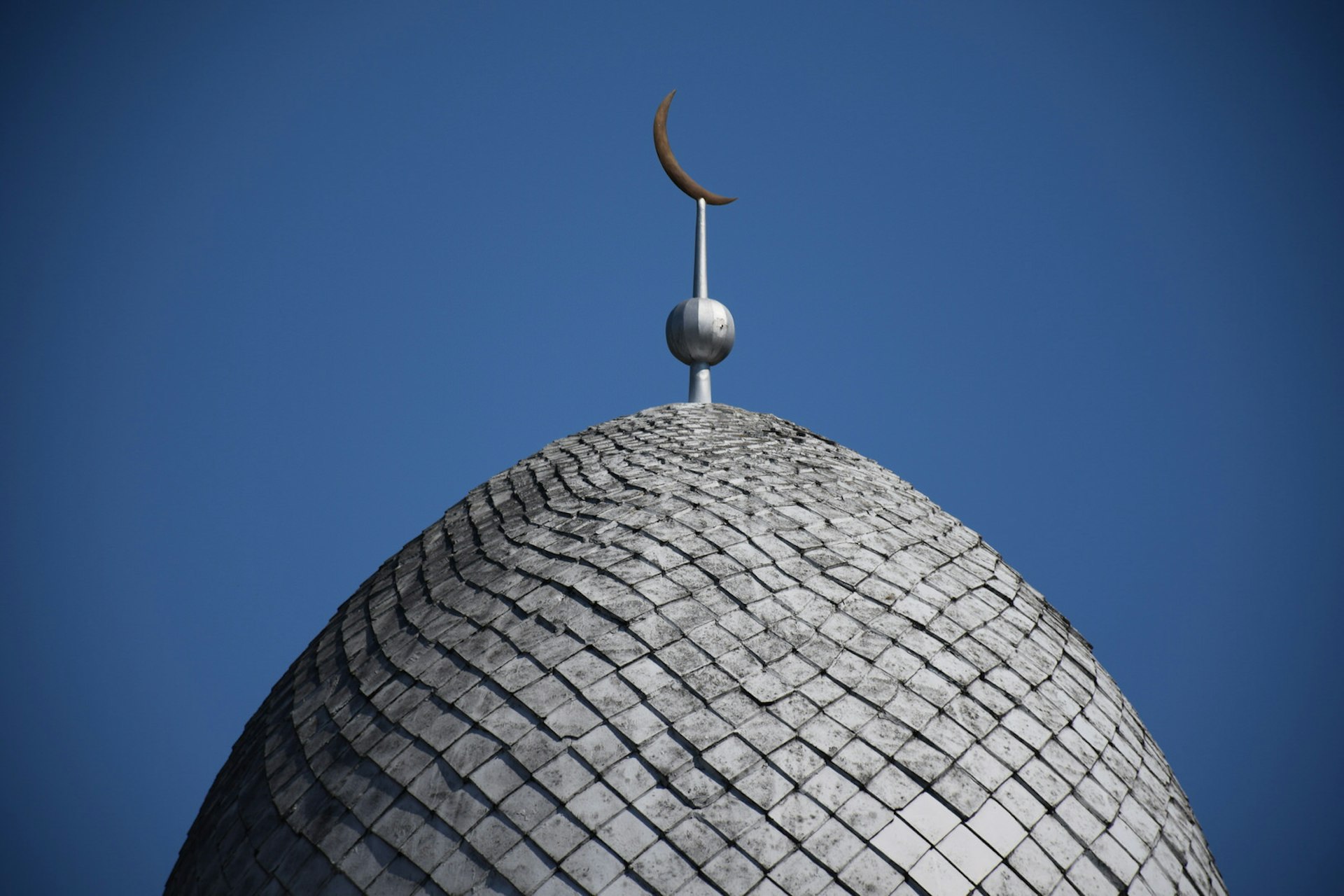
Kaunas Mosque was closed in the 1940s, and during the Soviet era it was used as a circus. This was also when the cemetery was destroyed. Today it is again a mosque and the main seat of the Grand Mufti of Lithuania. It is also the most accessible of all of Lithuania’s mosques and the best place to arrange introductions and visits to the country’s historic villages in the south.
Eating the flavours of Lithuania's Muslim heritage
The lengthy Muslim presence in Lithuania means the country has also adopted delicious Tatar food as its very own.
One of the most popular and widely available is the savoury street snack, chebureki. Often compared to a samosa, this deep fried, crescent-shaped pastry is filled with lightly spiced mincemeat. It's a Crimean classic and is absolutely delicious when freshly fried and crispy.
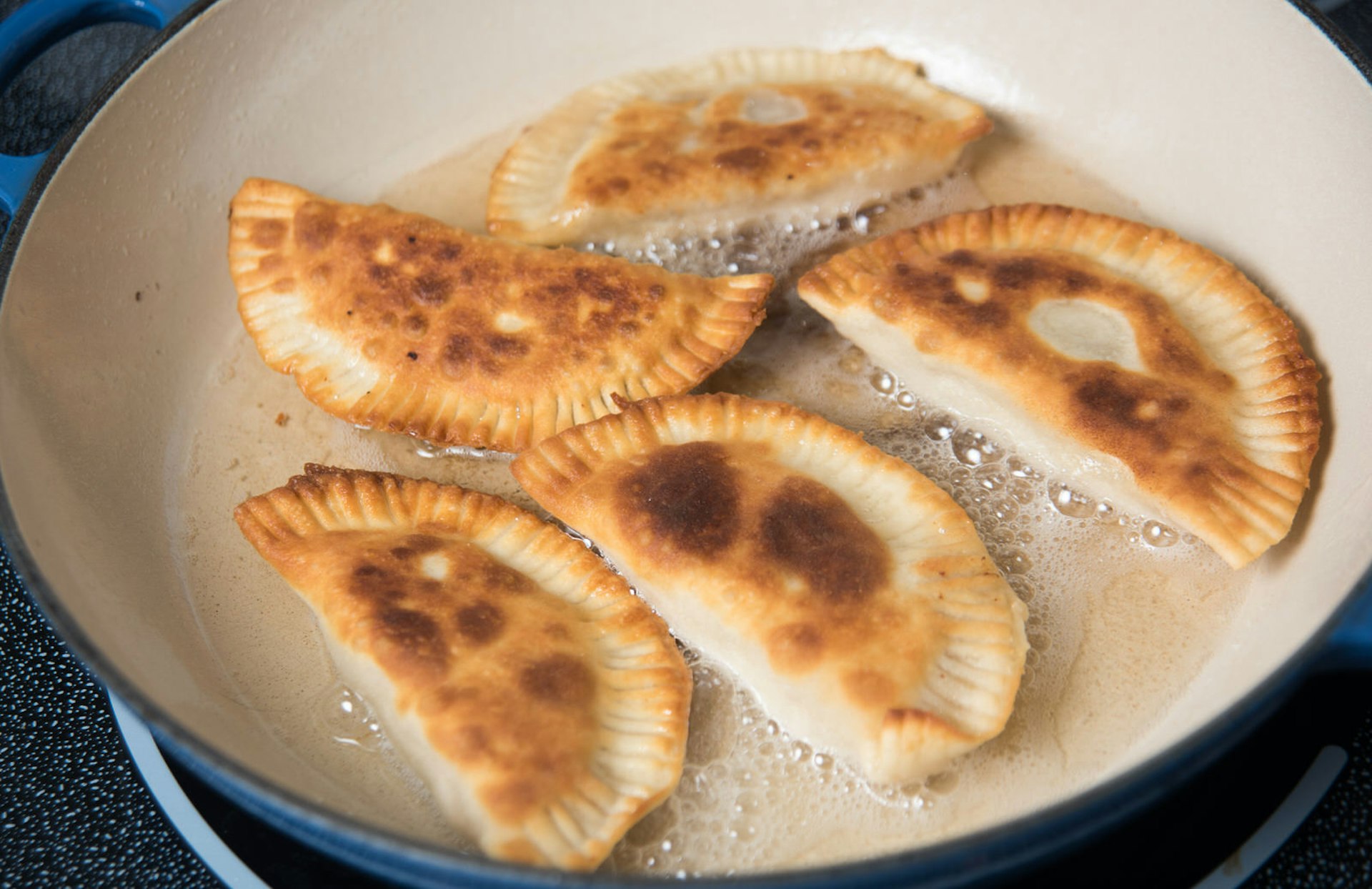
When it comes to sweet dishes, it has to be simtalapis, or ‘one hundred sheets’. This 'u'-shaped cake of layered pastry filled with sugar, poppy seeds and butter has Tatar origins and is traditionally baked in wood-fired ovens. It is often eaten on special occasions like bayram (Eid) and is light and buttery like a croissant.
Muslim travellers should note that the lack of an established halal industry in Lithuania means most meat in the country is not slaughtered according to halal rituals and finding halal meat is not easy. The Mufti’s office in Kaunas or Vilnius (on Smolensko gatvė) is a good source of information for such needs.
Making it happen
The Mufti’s office is also the best place to plan any trip exploring the country’s Islamic heritage as they can help to make the necessary introductions. The office can also help to arrange private transport to the villages. Otherwise, the best way to visit them is by renting your own vehicle as the villages are well connected by road.
Make the most of your travel with sightseeing tours and activities from our trusted partners.
https://shop.lonelyplanet.com/products/estonia-latvia-and-lithuania-travel-guide-7
